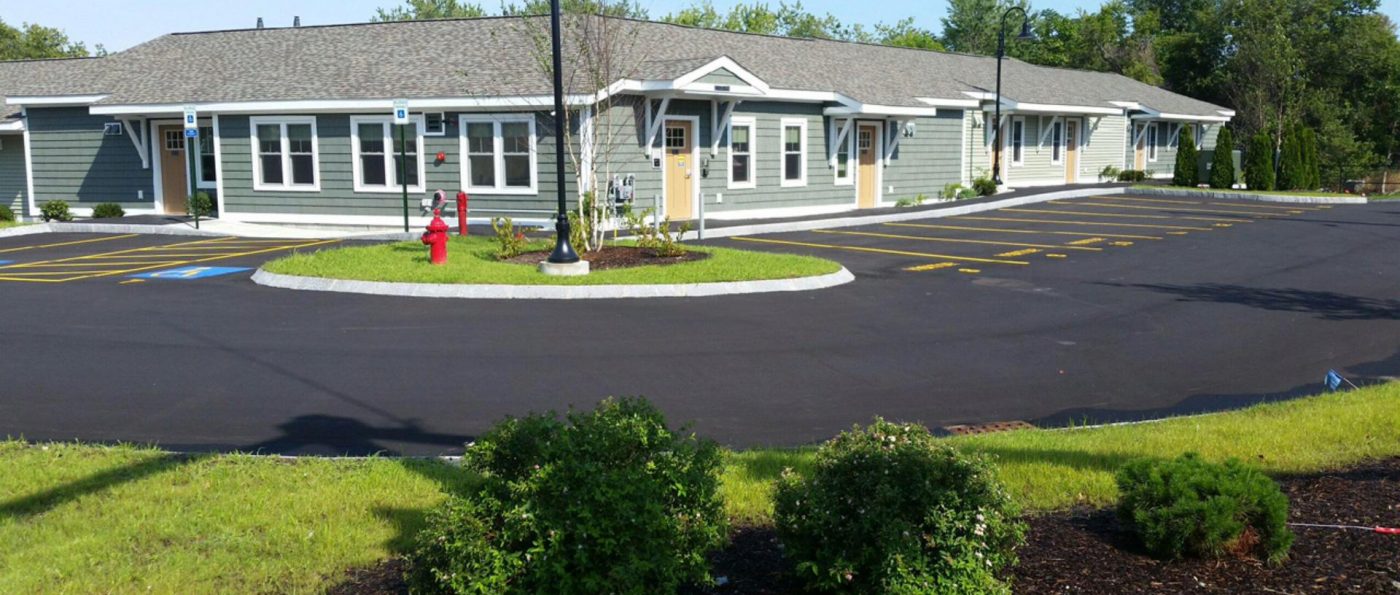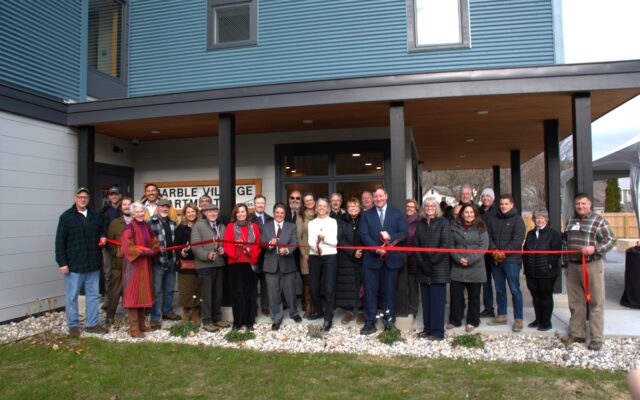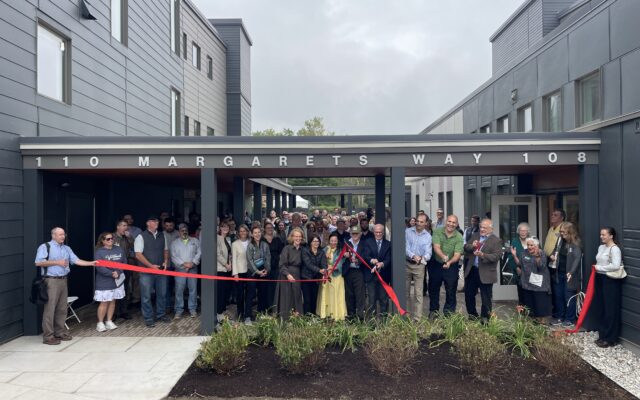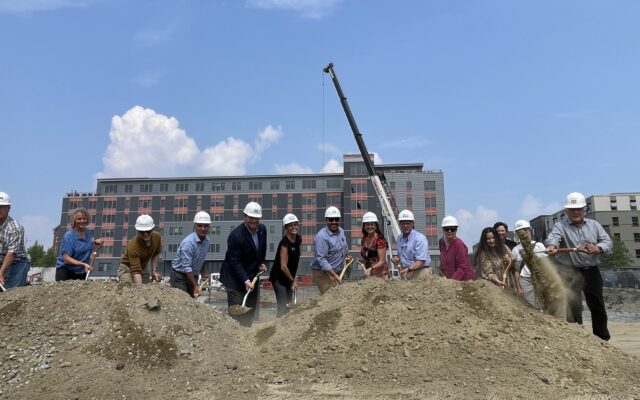Manchester Housing & Redevelopment Authority (MHRA) is the largest public housing agency – and largest landlord – in Northern New England. MHRA is widely recognized for its array of supportive programming offered to residents, so when it was time to develop more affordable housing, the agency turned to one of its longtime service partners.
The Mental Health Center of Greater Manchester (MHCGM) has worked with the housing authority for years, including programs to move potential residents who are homeless into section 8 housing. According to MHRA Interim Executive Director Dick Webster, when the staffs of MHRA and MHCGM got together and determined that the city needed to build more affordable housing for people with disabilities, the South Main Street Apartments were born.
Mental disability is a contributing factor for chronic homelessness, according to Rik Cornell, Vice President of Community Relations at MHCGM. South Main Street provides homes for people making 50% or less of the median income, who have experienced homelessness (or are at risk of being homeless as a result of their disability), while the Mental Health Center offers residents the supportive services they need to be successful.
“There are really very few places for homeless people with mental issues to rent in the community,” explained Cornell. “They can live independently without supervision, but they sometimes need support – and often these people don’t have anyone.”
JOINING FORCES
The housing authority even collaborated with MHCGM on the design of the property. The two groups met early on to discuss what the needs of South Main Street residents would likely be, so that the appropriate features would be incorporated into the plans. (The apartments were designed by Fred Matuszewski, a founding partner of CMK Architects.)
Completed in the fall of 2016, the single-story property has 20 one-bedroom apartments and on-site laundry facilities. There is also a common area for residents to gather, or for other agencies to provide educational or recreational programming. An office offers a private meeting space for residents. South Main Street residents manage their mental health issues through their own individual therapy, while MHCGM connects them to activities that boost their independence, but wouldn’t ordinarily be offered in a therapeutic setting, such as learning how to cook, shop for groceries, or manage money.
ROOMS WITH A VIEW
Every New England town has a Mast Road. In colonial days, harvesting wood for masts on British Navy war ships was a booming business. In Manchester, New Hampshire, Mast Road ran right down to the Piscataqua River, where trees would be splashed into the water and floated down to Newburyport in Massachusetts. South Main Street, situated on the corner of South Main Street and Log Street, is located close to the old Mast Road. Webster admits that having the apartments so close to the river made the project more complex because a portion of the property was on the flood plain and needed to be elevated – but everyone agrees that the location and attending view is worth it.
Cornell believes that a lot of things were done right with this project, like having great access to bus lines and bike trails and walking trails along the river. He stressed that because mental illness and homelessness are both burdened by a tremendous amount of stigma, places like South Main Street help to communicate positive messages to the surrounding community.
“You wouldn’t know by looking at this building that mentally ill people live here,” he said. “The residents get the housing and support they need, and the community gets attractive apartments that enhance the neighborhood, while increasing acceptance for this kind of programming. It’s a win for everybody.”




